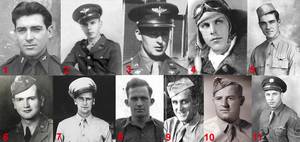The Navigator’s Information File has a description of the Astro Compass (or Astrocompass) . This device was used by navigators to determine the true heading of the airplane, to steer a true heading, to identify a star, or as a pelorus, a device without magnetic needles used to read bearings.
It is unclear to me if, or how often, this device was actually used. I ran across an Astro Compass while visiting the United States Air Force Armament Museum at Eglin Air Force Base, near Fort Walton Beach, Florida.
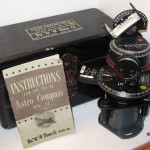
 Like pilots, cadets who trained to be bombardiers and navigators were assigned to different air fields for different phases of their training. They had preflight, gunnery and either bombardier or navigator training, or both.
Like pilots, cadets who trained to be bombardiers and navigators were assigned to different air fields for different phases of their training. They had preflight, gunnery and either bombardier or navigator training, or both.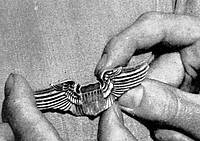 Most class books in the collection are from different air fields and training centers. Pilot training involved pre-flight, primary, basic, advanced, transition and unit training. After graduating one course, cadets were generally re-assigned to another air field for the next phase of their training. Interestingly, there seem to be no class books published for transition and unit training programs.
Most class books in the collection are from different air fields and training centers. Pilot training involved pre-flight, primary, basic, advanced, transition and unit training. After graduating one course, cadets were generally re-assigned to another air field for the next phase of their training. Interestingly, there seem to be no class books published for transition and unit training programs.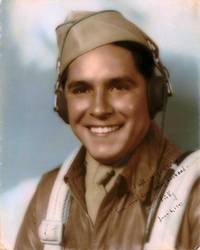
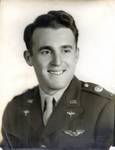
 I encourage you to visit the Carlsbad Army Air Field community page on Facebook. It has a great collection of photographs and artifacts.
I encourage you to visit the Carlsbad Army Air Field community page on Facebook. It has a great collection of photographs and artifacts.